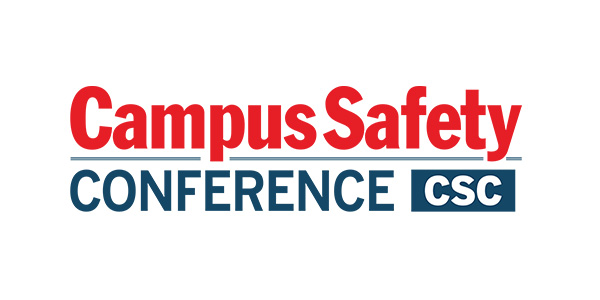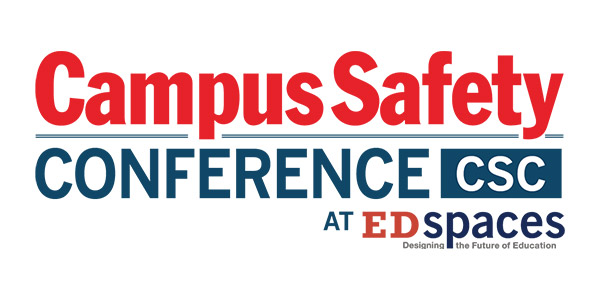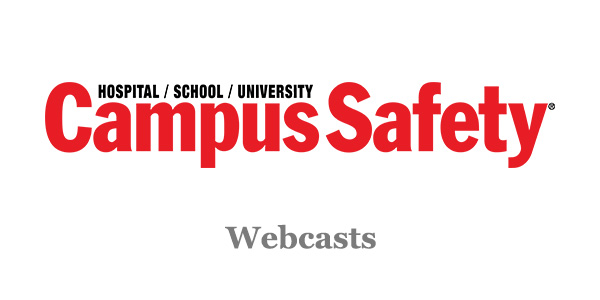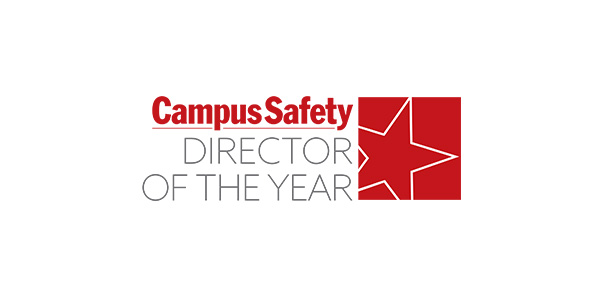What’s Still Missing
Resources and Funding
Immediately after the Columbine tragedy, federal and state governments increased the amount of funding for K-12 school security. Over the past decade, however, those funds have gradually been reduced despite schools having the same (or greater) security needs. According to the CS Salary Survey, 69 percent of K-12 respondents and 60 percent of university respondents say budgets and availability of resources is one of their top five concerns. “Every year it seems like we get double-digit reductions. That hurts our efforts,” says Rialto Unified School District Director of Education Safety and Security Jerry Sturmer. 
Keeping Safety a Priority
Nearly half (48 percent) of the K-12 respondents and 39 percent of university respondents to the CS Salary Survey indicate that administration apathy and/or naïveté regarding campus safety and security is one of their top five concerns. “It’s still hard to get campus safety high on the priority list, yet discipline and campus safety are what some of them do a majority of the day,” says Phil Mullendore, California College and University Police Chief Association executive director and owner of the Institute for Campus Safety.
Collaboration
“Too often, decisions regarding safety and security are made by one person or a small group of persons,” says Paul Timm, president of RETA Security. “When we go collaborative, we raise everyone’s awareness and we have accountability for the decisions we’re making.”
Timm says that students should be included in the security decision-making and planning process. They are very familiar with new technology and understand from the ground level what is happening on campus. Adults are often several years behind students in understanding these issues.
Timm believes schools and districts can find appropriate ways to include students without giving them too much information. “When you have to discuss a sensitive issue, you go to a closed session,” he says.
Attention to Other Threats
Although gunmen on campuses is a very real threat to K-12 districts and universities, often administrators and law enforcement overlook other threats that are much more likely to occur, such as sexual assault, fights, cardiac arrest, playground accidents, medication situations and accidental deaths.
About the Survey
An online questionnaire was E-mailed to CS subscribers on Jan. 13 and 27. Additionally, the survey was posted on Campus Safety’s Web site during that same time period, and print subscribers were encouraged to take the survey online. Four hundred thirty five responses were used to compile the results with a margin of error of + or – 4.4 percent at a 95 percent confidence level. Chart percentages may not total 100 percent due to rounding. CS thanks all of the K-12 and college stakeholders who participated in this study.
To view additional Web-exclusive statistics from this survey, click here.
Robin Hattersley Gray is executive editor of Campus Safety magazine. She can be reached at [email protected].
Keywords: Columbine, school shooting, campus safety, campus security, video, access control, campus police, bully prevention, active shooter, lockdown, campus emergency







